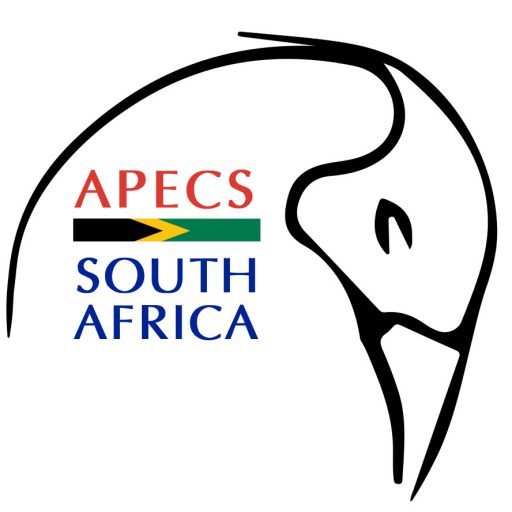
The Year of Polar Prediction (YOPP) takes place from mid-2017 to mid-2019 and is an initiative by the World Meteorological Organization (WMO), Germany’s Alfred Wegener Institute (AWI) and a wide array of partners around the globe. It’s aim is to “promote cooperative international research enabling development of improved weather and environmental prediction services for the polar regions, on time scales from hours to seasonal” in both the Arctic and Antarctic. That is also why the year spans more than 12 months. Two years are needed to cover an entire year in both the Arctic and Antarctic.
A number of exciting projects are being run in the polar regions and you can subscribe to their mailing list at polarprediction@climate-cryosphere.org. To do those please send an email to office@polarprediction.net. You can also get your project endorsed by YOPP and all information is available on their website.
So what is being done for Antarctica and the Southern Hemisphere? Quite a bit! Below is a list of projects currently running/scheduled to run.
- Antarctic Meteorology and Snow Research: from Process Understanding to Improved Predictions (ASPIRE)
- ARM West Antarctic Radiation Experiment (AWARE)
- GEO Cold Regions Initiative (GEO CRI): Information Services for Cold Regions
- TRaceability and Improvement of Meteorological Measurements during YOPP intEnsive peRiods, to better investigate ABL characteristics and coupling processes in coastal Antarctica (TRIMMER)
- Lower tropospheric Ozone Profiles over Antarctic Plateau (LOPAP)
- RADiative Impact of ANtarctic Clouds Experiment (RADIANCE)
- Precipitation Impact on the Regional ANtarctic Accumulation (PIRANhA)
- Surface-Atmosphere Mass and Energy Exchanges at a Coastal Antarctic site (SAMEECA)
- SpeCtral Reflectance over the Antarctic Plateau (SCRAP)
- Southern Ocean Aerosol Clouds And ice Processes Experiment (SEASCAPE)
- Southern Ocean Clouds Radiation Aerosol Transport Experimental Study (SOCRATES)
- Influence of small-scale processes on the dynamics of the coupled atmosphere-cryosphere-ocean system on daily to seasonal timescales in the region of Adélie Land, Antarctica (AdelieHRM)
- Additional upper air soundings from Neumayer and RV Polarstern (AWImet-SH)
- Activities of Working Group on Numerical Experimentation (WGNE)
- Antarctic Circumnavigation Expedition: Study of Pre-industrial-like Aerosol Climate Effects (ACE-SPACE)
- The offshore air mass journey and interaction with the Ross Sea surfaces: A process-based investigation of regional climate influenced by mesocyclones (RSR-Mesocyclones)
- Water Budget over the Dome C Stataion (H2O-DC)
- Multidisciplinary Ice-based Distributed Observatory (MIDO)
- The Antarctic Clouds and Radiation Experiments (ACRE)
- International Arctic Buoy Programme (IABP) and International Programme for Antarctic Buoys (IPAB) (IABP/IPAB)
- Antarctic Precipitation, Remote Sensing from Surface and Space (APRES3)
- Italian Antarctic Meteo-Climatological Observatory at MZS, Victoria Land and at Concordia (IAMCO-YOPP)
- Understanding Sea Ice: Mechanisms, Uncertainties and Climate ImplicationS (SIMU-CIS)
- Measurements of Aerosols Radiation and CloUds over the Southern Oceans (MARCUS)
- Polar Ocean Reanalysis Intercomparison Project (PORA-IP)
